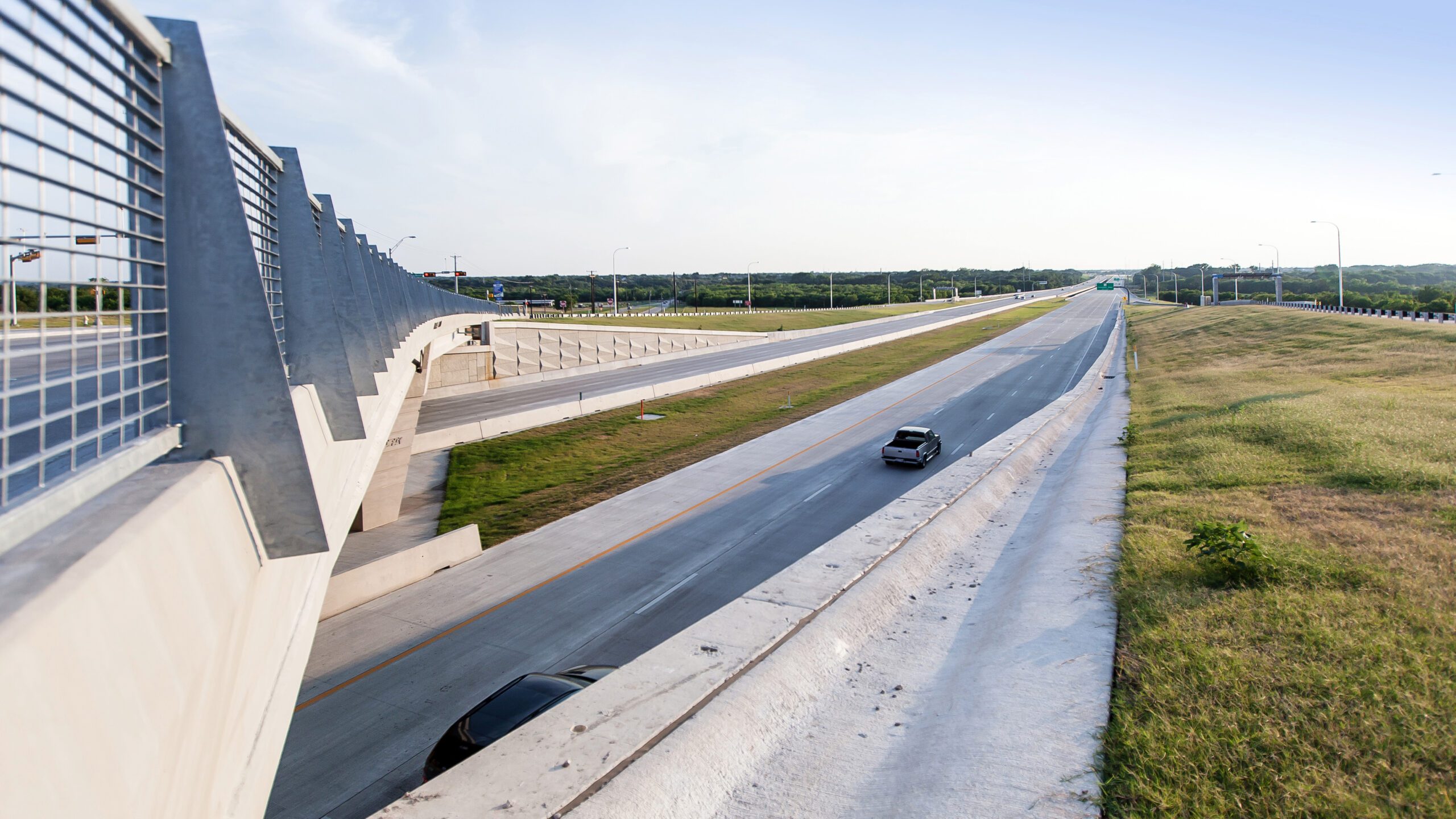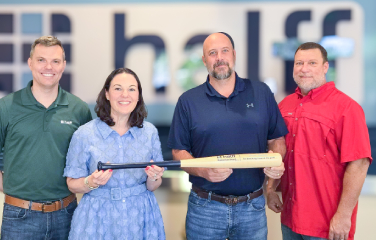Finding Dollars to Build Our Highways
This is the second article in a series about transportation. The series overview is here.
Who pays for our highways? And how?
Those are multibillion-dollar questions today in Texas, where highways are becoming more congested due to skyrocketing population growth, and a funding shortfall exists to address all high-demand projects. The attempt to mitigate congestion is often outweighed by other critical infrastructure needs—even with new revenue streams.
As outlined in the series overview, federal and state fuel taxes are becoming less impactful when it comes to paying for our highways and are no longer viewed as sustainable.
In Texas, highway funding includes multiple sources—gas taxes and state appropriations, and until recently, tolls and private money.
Below are three key questions about highway funding and construction.
(Shutterstock/Trong Nguyen)
1. Is a VMT fee the answer?
The Vehicle Miles Traveled (VMT) fee is being thought of as a gas tax replacement, and has been implemented in several pilot programs across the country.
The federal gas tax hasn’t been raised by Congress since 1993, and Texas has not increased its gas tax since 1991. Add inflation and more fuel-efficient cars, plus hybrids and electric-powered vehicles to the mix, and one can see how the gas tax becomes a dwindling and finite funding stream. The U.S. Congressional Budget Office projects that by 2026 the Highway Trust Fund will have a cumulative shortfall of $75 billion. Texas is already experiencing a shortfall of $2 billion per year.
That brings us to the VMT. In its simplest form, the VMT is a user fee based on how many miles someone drives per year. Drivers would be charged a set fee per mile.
But it’s not that simple.
One question is the mileage rate. Should a fuel-conscious driver in a Toyota Prius, for example, be taxed similarly to someone in a large pickup truck whose vehicle can potentially cause more damage to the roadway? Should the fee be the same for driving an interstate versus a city street?
A second issue is how the VMT revenue would be distributed. For example, a family taking a vacation from Texas to California may fill up in Texas, New Mexico, Arizona and California—therefore distributing gas tax revenue across the trip for use at those facilities. If a VMT tax is charged for, say, 18,000 miles driven per year, how do other states get their share of the revenue?
The technology to track this data is already built into most later model cars, or a special transponder could be used for tracking. The sticky part of the equation is privacy and how governments would distribute the fee geographically without being intrusive. One could argue that privacy should no longer be an issue as mobile phones already track an individual’s movements.
There are still many questions to be answered, and most politicians agree that the likelihood of a VMT fee is years away. In the meantime, vehicle miles traveled continue to increase across the nation, and trial programs are gathering data and seeking solutions.
2. How does the design-build method allow for more project innovation?
One alternative project delivery method, in which the designer and contractor (the design builder) are the same contractual entity, is called design-build.
This method creates a single point of contact—unlike the traditional design-bid-build approach to construction projects—and generally saves time and money. Design-build is trending upward in many areas of our built environment.
The design-build model allows for better collaboration, continuity, communication and innovation. It also reduces risk and costly budget and schedule overruns. Therefore, teams can move faster, build in design innovations and tailor the design for specific construction methodology.
A 2018 report by the Fails Management Institute, which serves as an advisor to engineering and construction firms, says up to 44 percent of construction put-in-place (CPiP) spending by 2021 will be done through design-build delivery. And according to TxDOT, design-build typically delivers projects 10 to 15 percent below budget and up to 12 months ahead of schedule. However, the use of design-build for transportation projects in Texas is limited by the legislature, not allowing the state to fully benefit from their use.
3. Can a design-build project include a public-private partnership?
Absolutely. In fact, the public-private partnership (P3) has become synonymous with design-build projects.
In those scenarios, where projects are generally large, a private firm typically reaches a contractual agreement with a public entity to finance the construction and maintenance of a roadway in exchange for collecting future revenue.
P3s in Texas are required to use tolling of the facility as the payback mechanism, limiting their effectiveness throughout the state. However, not all P3 projects are required to use toll revenue to pay the private investor, and in some cases, the owner can agree to pay a fixed annual fee based on the “availability” or ability of the roadway to meet certain performance criteria.
P3 contracts don’t come without risk for each side. The public entity is relying on a private owner to execute all matters of design and construction, while the private entity is taking the risk of a toll road being profitable.
A P3 also provides the public sector with greater flexibility and quicker results. It allows for the private entity to bring expertise, funding, resources and even additional technology to the project. The use of P3s in Texas has allowed several projects in the Dallas, Fort Worth and Houston areas to open 10 to 15 years earlier than if they had been funded and constructed via traditional methods.
In Texas, P3 authority, which is granted by the state legislature, expired in 2017. Lawmakers will have an opportunity in the next legislative session to revisit P3s and options beyond tolling for repaying private entities.
For more information about Halff’s Transportation team, write to Info-Transportation@Halff.com.


![IMG_3040 [1600x1200]](/wp-content/uploads/2022/10/IMG_3040-1600x1200-1024x683-1.jpg)


